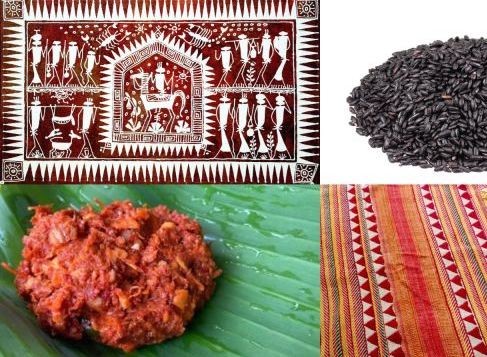Free Courses Sale ends Soon, Get It Now


Free Courses Sale ends Soon, Get It Now



Disclaimer: Copyright infringement not intended.
Context
Seven products from Odisha, ranging from the Similipal Kai chutney made with red weaver ants to the embroidered Kapdaganda shawl, have bagged the coveted Geographical Indication (GI) tag in recognition of their exclusivity to the state.
Details
Introduction to GI Tags
Significance of GI Tags:
Implications of GI Registration:
GI Tag Application Process:
Recent GI Tags from Odisha
Kapdaganda Shawl:
Lanjia Saura Painting:
Koraput Kala Jeera Rice:
Similipal Kai Chutney:
Nayagarh Kanteimundi Brinjal:
Odisha Khajuri Guda:
Dhenkanal Magji:
Conclusion
These products with GI tags signify Odisha's rich cultural heritage, traditional craftsmanship, indigenous agricultural produce, and distinctive culinary traditions. The tags ensure authenticity, protect local interests, and offer consumers certified products with unique qualities.
|
PRACTICE QUESTION Q. Which of the following statements regarding Geographical Indication (GI) tags for products from Odisha is/are correct? 1.GI tags are awarded to products based on their origin in a specific geographical region. 2.The Kapdaganda shawl, embroidered by the Dongria Kondh tribe, and Similipal Kai chutney made with red weaver ants are among the products from Odisha that have received GI tags. 3.GI registration is granted to individual traders dealing with the products, ensuring exclusive rights to sell those items. 4.Unauthorized use of GI-tagged product names by traders can lead to legal action under The Geographical Indications of Goods (Registration and Protection) Act, 1999. Select the correct answer using the codes below: A. 1 and 2 only B. 1, 2, and 4 only C. 1, 3, and 4 only D. 1, 2, 3, and 4 Answer: A |
© 2024 iasgyan. All right reserved